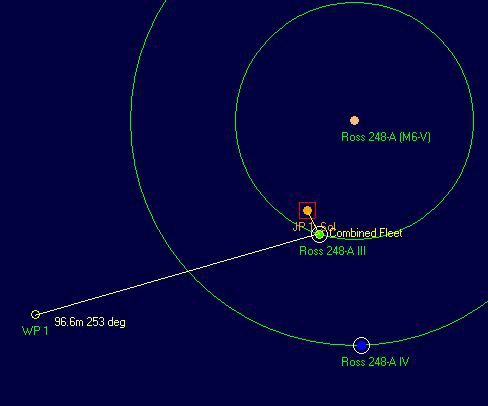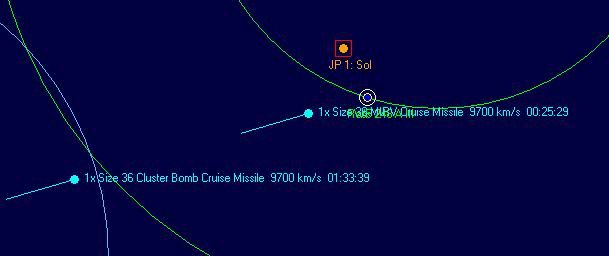Few assistant prowl around the lab mindin their business, you can hardly hear anybody doing anything, only little chatting every now and then. Too few teams working now, of course the positive side is that I can use more of my time to real reseach rather than coordinating teams... not to mention that how horrible it would be if I would be assinged from project to project on moments whim.. would get even less done that way.
Just waiting for day when our glorious leader decides that we are needed again and we can prove the value of sield research!
-Dr. Tuominen
(latest update from few pages back, difference is that Bo Mosberg is already researchign next level engine, of course other projects have advance somewhat as well)



Just waiting for day when our glorious leader decides that we are needed again and we can prove the value of sield research!
-Dr. Tuominen
(latest update from few pages back, difference is that Bo Mosberg is already researchign next level engine, of course other projects have advance somewhat as well)



Last edited:





